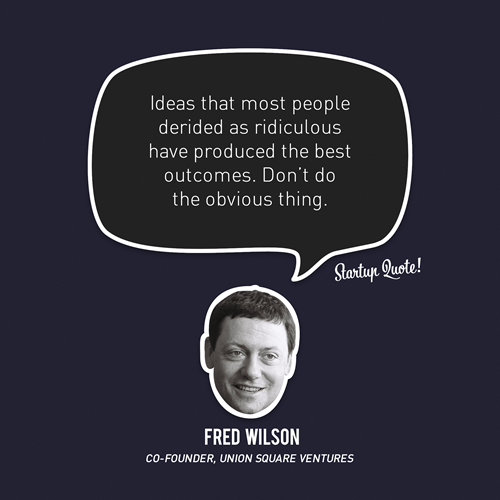The Twitter "Patent Hack"
Yesterday Twitter announced that they plan to amend the assignments agreements that they sign with their employees. They call this proposed amendment the Innovator's Patent Agreement. I've been aware of this effort inside of Twitter for a while and I like to call this move the "Twitter Patent Hack" because I think what they have done is very clever and is likely to have a material change in the way patents are used to foster and/or hinder innovation, as the case may be.
Specifically Twitter has said that they will only used these assigned patent rights defensively to protect themselves against hostile actions. And further that any company that acquires these patent rights from Twitter will need the inventor's consent to use them in an offensive action. Twitter has also provided the inventor with certain rights to license the patent to others for defensive purposes. You can read the entire set of provisions on GitHub.
The other day I talked about Insurgents vs Incumbents. This is the framework we use at USV to think about a lot of things. And in the world of patents, the advantage goes to the Incumbents who can hoard patents and use them to their advantage. The insurgent, three engineers in a walk up in Bushwick, can't even afford the lawyer or the time to file a patent. So it is very encouraging to see an emerging incumbent, Twitter, do something like this. They are saying to the world that they do not intend to compete on the basis of patents and instead they will compete on the basis of product, feature set, user experience, etc, etc.
USV is committed to support this initiative. We are instructing the startup lawyers we work with to insert the patent hack language in our standard forms. We are reaching out to our friends in the startup world including other VCs, accelerator programs, and the startup lawyer universe to suggest that they to insert the patent hack into their standard forms. And we will recommend to our existing portfolio companies that they adopt it as well. Of course, entrepreneurs and their companies will have to be the ultimate determinator of whether they want this provision in their inventions assignments agreement. If an entrepreneur we invest in does not want this provision, we will certainly support that decision. But we will want to have a conversation about why they would want to do that.
I will end this post with a story. Many years ago now, my prior venture capital firm, Flatiron Partners, invested in a company called Thinking Media. It was an early Internet company. They developed some browser based javascript tracking technology. The company ulimately failed but was sold in a fire sale including the patents. Those patents eventually made their way to an incumbent, the big marketing research company Nielsen. Fast forward ten years or so and Nielsen sued two of my portfolio companies, comScore and TACODA, and a bunch of other companies too, on the basis of the Thinking Media patents. So IP that was partially funded by our firm was used to sue other portfolio companies. It is so galling to have this kind of thing happen and it is one of the many reasons why I have come to believe that software and business method patents are an enemy of innovation in the tech sector.
If Thinking Media had the patent hack in their documents, the story I just told would not have happened. And thanks to Twitter's leadership, I hope that all future USV portfolio companies will have the patent hack in their documents and stories like that one will be a thing of the past. I'd like to thank Twitter's leadership team, especially the legal and engineering teams, for coming up with such an elegant and simple solution to this thorny problem. The startup world is a better place today than it was yesterday as a result of their work.










